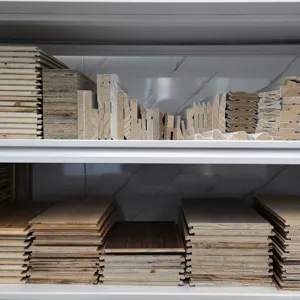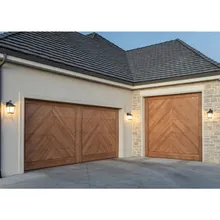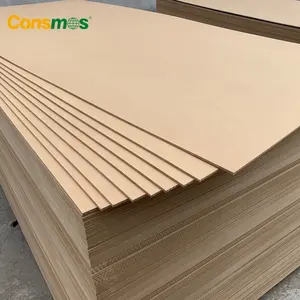MDF Board: A Versatile Choice for Interior Design
Medium Density Fibreboard (MDF) is a widely utilized material in the realm of interior design. Its adaptability and cost-effectiveness make it an ideal choice for a variety of applications. MDF board for interior design is crafted from wood fibers that are combined with resin and wax and then compressed under high temperatures to create a dense, smooth panel.
Types and Applications of MDF
MDF board for interior design comes in various densities, catering to different needs. Low-density MDF is often employed in the creation of prefabricated furniture, offering a balance between durability and affordability. Medium-density and hardboard options present a more luxurious feel, suitable for high-end cabinetry and detailed woodwork. Specialized variants like fire retardant MDF and moisture-resistant MDF are tailored for kitchen and bathroom installations, respectively.
Features and Material Composition
The composition of MDF allows for a uniform finish and an excellent surface for painting. This makes colored MDF boards a popular choice for designers seeking a custom aesthetic without compromising on the material's integrity. Furthermore, the inclusion of sustainable materials such as bamboo and hemp fibers has led to the development of eco-friendly MDF options, which maintain the strength and versatility of traditional MDF while supporting environmentally conscious practices.
Advantages of Using MDF in Interior Design
One of the primary advantages of using MDF in interior design is its smooth surface, which is free from knots and grain irregularities found in natural wood. This characteristic ensures a consistent finish, ideal for painting or applying veneers. Additionally, MDF's dense composition provides a sturdy base for furniture and decorative elements, making it a reliable material choice for interior designers and architects.
Considerations for Stocking MDF
For those stocking MDF for interior design projects, it is beneficial to maintain a diverse inventory. Including a range of MDF types, from the standard boards to those with specialized properties like fire resistance or water resistance, can cater to a broad spectrum of design requirements. It is also prudent to offer a selection of MDF made from secondary raw materials, addressing the growing demand for sustainable building materials.
Conclusion
In conclusion, MDF board for interior design is a multifaceted material that serves as a foundational element in modern construction and design. Its ability to be molded into various densities and enhanced with different properties allows it to meet a wide array of design specifications. When sourced responsibly, MDF can be a sustainable option that supports both the environment and the industry's needs.











































 浙公网安备 33010002000092号
浙公网安备 33010002000092号 浙B2-20120091-4
浙B2-20120091-4